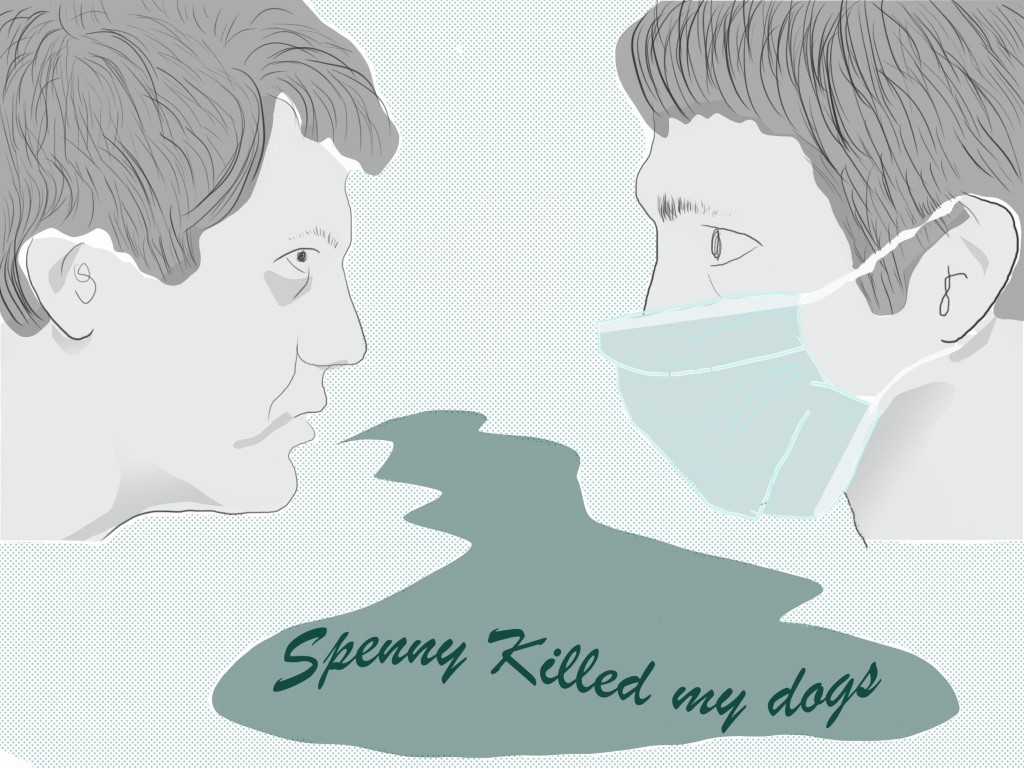
The importance of form in the arts
By Adam Tatelman, Arts Editor
Historians look to the Greeks for information on the customs of the ancient world because it is the oldest European society we have fairly comprehensive records of. As a result, much of western artistic tradition can be traced to Greek forms, especially when it comes to theatre, sculpture, poetry, and writing in general. In stark contrast to the modern artistic obsession with ambiguity, interpretation, and formlessness, the Greeks more concerned themselves with technique, measuring the art in question by its structural quality.
It was Aristotle who proposed that good theatre should follow a three-act structure, and should adhere to three unities: time, place, and action. That is, the story should take place in one setting, within a 24-hour timeline, and focus on a single plot with no distractions. Obviously, the unities have been rendered outdated by the advent of achronological storytelling and film editing technologies. But even in modern film, the three-act structure is still employed.
Of course, various forms of theatre make use of one- and two-act structures, subplots, and location changes for dramatic effect; this is the result of expanding the definition of structure. So, instead of a handful of scholars writing plays in the accepted format, others may do so in different formats with fewer restrictions. Some view this as the democratization of a classically elitist art form. I would agree. But where this idea goes wrong is when it conflates elitism with the form itself.
Criticism was also an important aspect of Greek arts, much as it is today. Plays were evaluated in competitions—like the Festival Dionysia—according to the strength of their writing, and their structural efficacy. Even though these structures have changed over time, suggesting that the mere presence of structure is tantamount to elitism in the arts is quite a bizarre stance to take.
Compare Shakespearean sonnet forms to modern free-verse poetry. Obviously, the former is bound to a structural principle, where the other is concerned only with images and impressions. Arguably, structure is useful in organizing these images thematically. As I see it, the problem with free-verse poetry is that it is perhaps too easy to create. If the poet is justified in just noting down whatever springs to mind, in whatever order, and calling it art, then there is no way to evaluate the effort objectively, since there is no standard to compare it to.
In summary, the changing of structure is a good thing, as long as it is changed for a reason, and can always be clearly defined as a structure once changed. However, change for change’s sake is masturbatory in nature, pleasing none but the one doing the changing. To argue that a lack of structure is preferable is failing to take into account that formlessness must be defined as an absence of form—that form must first be established before it can be discarded. In order to rebel, there must first be something to rebel against.


